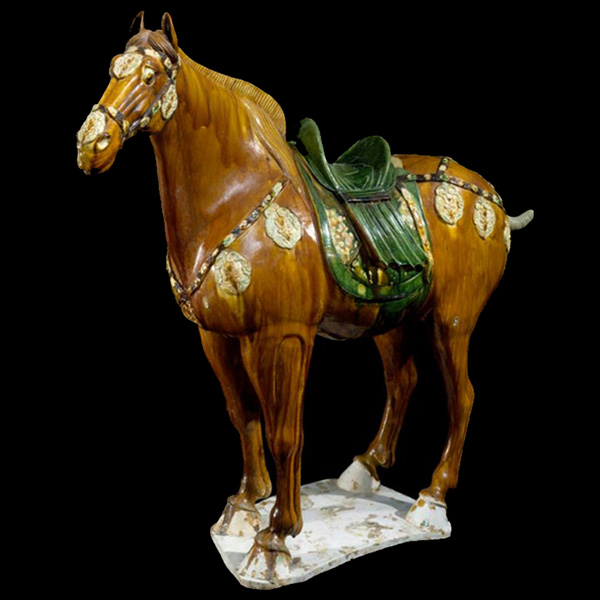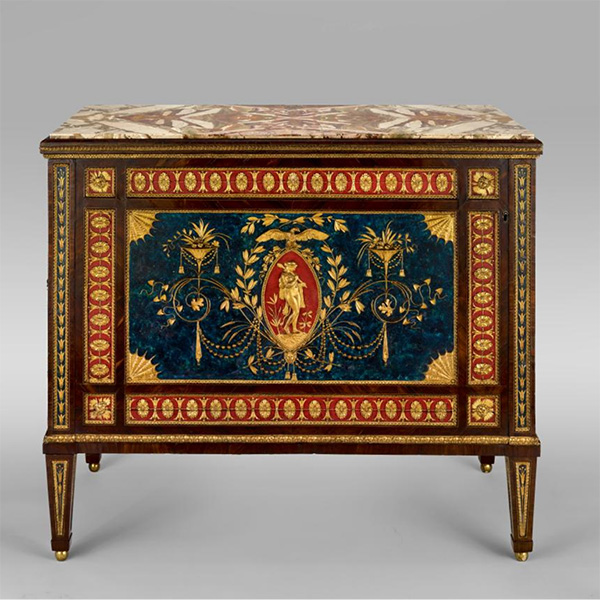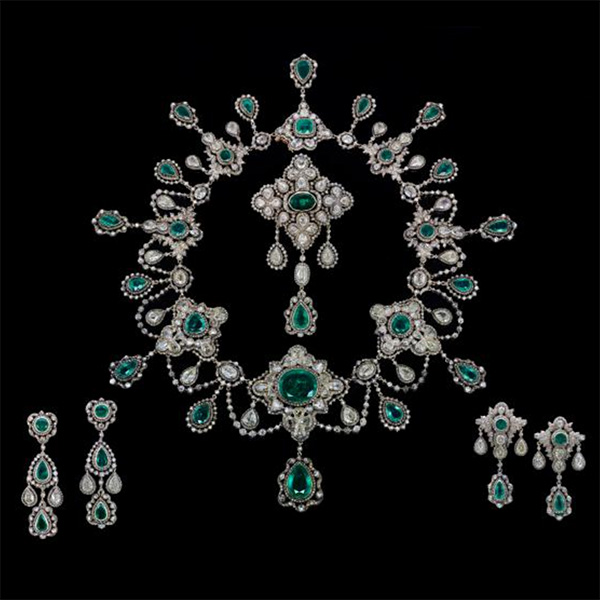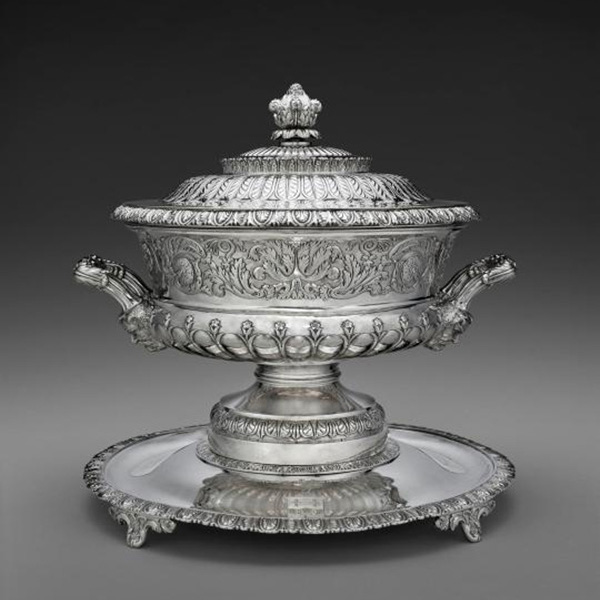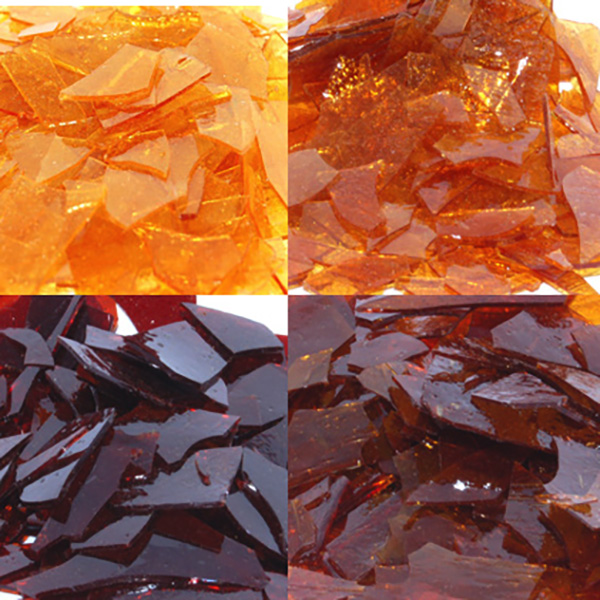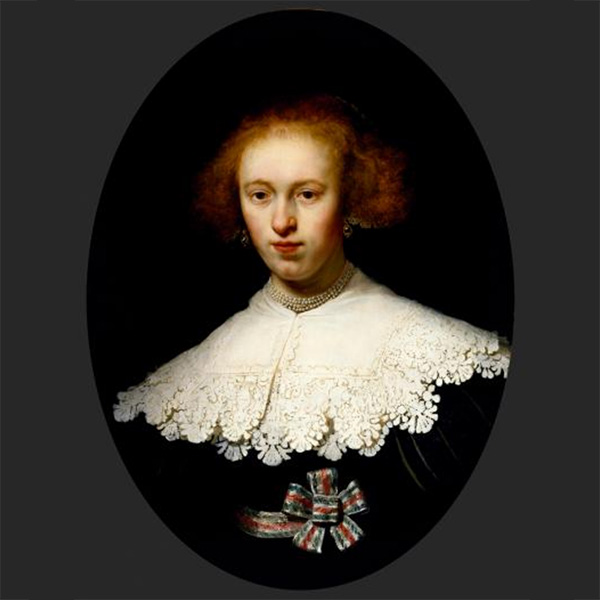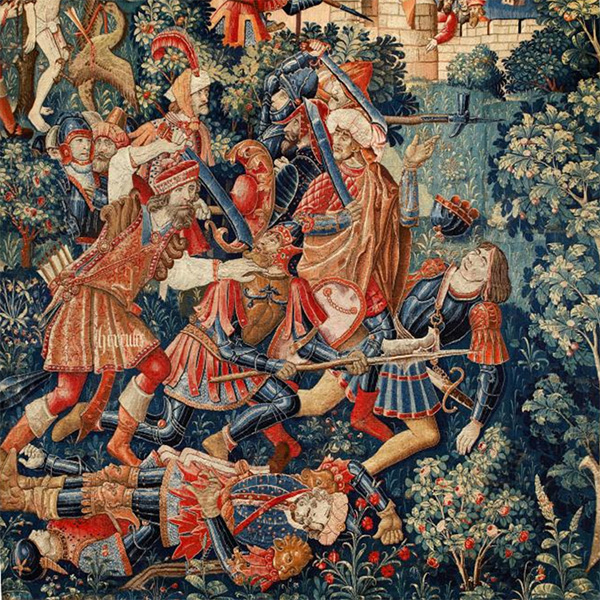Ruby and Sapphire
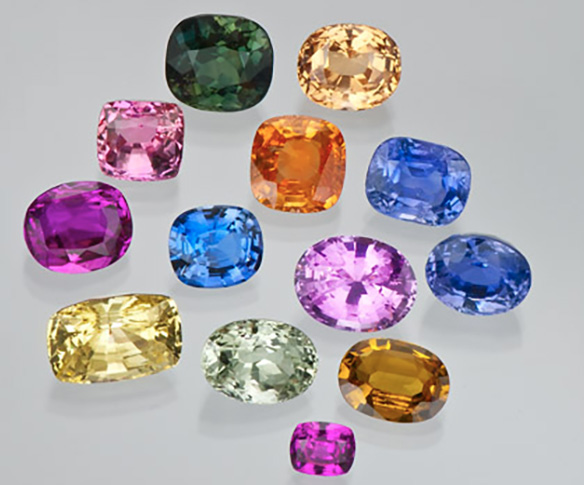
Ruby and sapphire gemstones are based on the simple chemical compound alumina, Al2O3, also known as corundum. The color in ruby is attributed to the presence of chromium in crystal, where the Cr3+ ions substitute a small amount of the aluminum ions that are also +3. It is not unusual that chromium would do this as the crystal structure of chromium(III) oxide, Cr2O3, is nearly identical to that of corundum and is used as a green pigment. See Inorganic Pigments for details. While rubies are restricted to red and some pink variations, sapphires, which are traditionally blue, can be found in a range of pastel colors including yellow, purple, orange and green owing to the presence of other transition metals such as iron, tiantium or vanadium. Some sapphires, known as parti sapphires, may exhibit more than one color. Sapphire is quite hard, ranking 9 on the Mohs scale, where diamond is the hardest mineral at 10.
The header image above shows the Logan Sapphire in the National Museum of Natural History, Washington, D.C. (on the left) set with diamonds. It contains a 422.99 carat sapphire from Sri Lanka. Next to it is the Sovereign's Scepter with Cross from the British Crown Jewels. It was made in 1661 by Robert Viner for the coronation of King Charles II. In addition to being decorated with small rubies, the top is set with the Culinan I diamond that weighs 530.2 carats. The Imperial State Crown, also part of the British Crown Jewels, appears to have a ruby set in the front, but the stone is not actually a ruby. Instead the gem is a spinel, a different crystal form altogether that is often mistaken for rubies, and other crown jewels are now known to contain spinels instead of rubies. The cubic spinel structure (see below) is quite different from the hexagonal/rhombohedral structure of ruby, being a magnesium aluminate MgAl2O4. It also gets its red color from the presence of trace amounts of chromium. The image on the far right is the Bismarck Sapphire necklace, also from the National Museum of Natural History. Photo: Jorfer, public domain from Wikimedia Commons.
Al2O3
MgAl2O4
Shortcuts
Credits for the Header Image
- Logan Sapphire 423 carats, Photo by Chip Clark, National Museum of Natural History, Smithsonian Institution.
- The Soverign's Sceptre with Cross 1661 from the Crown Jewels of the United Kingdom is set with 31 rubies in addition to the Cullinan Diamond I, smaller diamonds, emeralds, spinels and an amethyst.
- Imperial State Crown from the Crown Jewels of the United Kingdom, Photo by Cyril Davenport (1848 – 1941) / Public domain. The Black Prince's 'Ruby', 170 carats, dating from the 14th century, that is set above the Cullinan II diamond, is actually a spinel.
- Bismarck Sapphire Neclace, 98.56 carats, from the National Museum of Natural History, Janet Annenberg Hooker Hall of Geology, Smithsonian Institution.
Department of Chemistry

Houston, TX
6100 Main St., Houston, TX 77005-1827 | Mailing Address: P.O. Box 1892, Houston, TX 77251-1892 713-348-0000 |
